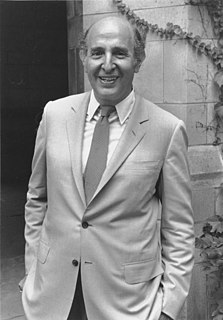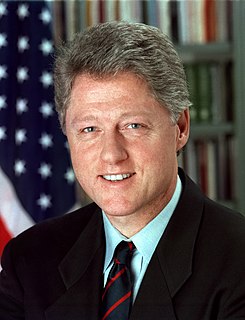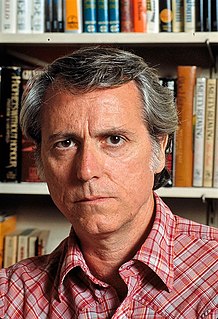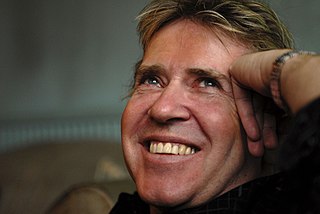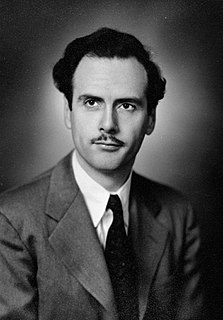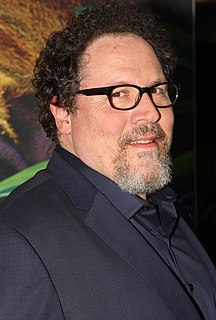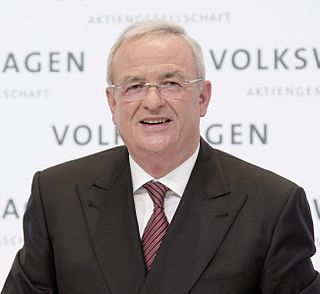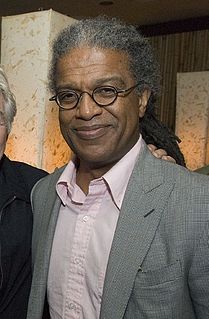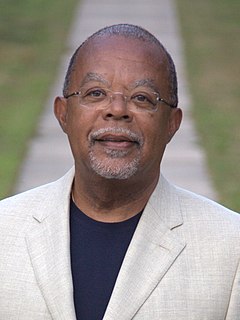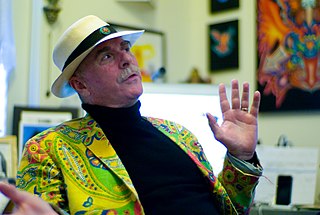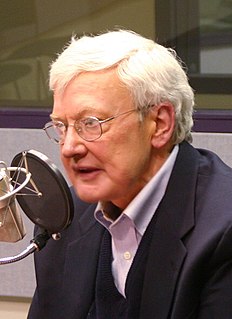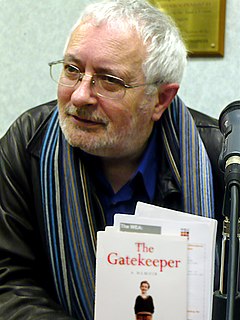A Quote by Stephen Bayley
As the twentieth century ends, commerce and culture are coming closer together. The distinction between life and art has been eroded by fifty years of enhanced communications, ever-improving reproduction technologies and increasing wealth.
Related Quotes
New information and communications technologies can improve the quality of life for people with disabilities, but only if such technologies are designed from the beginning so that everyone can use them. Given the explosive growth in the use of the World Wide Web for publishing, electronic commerce, lifelong learning and the delivery of government services, it is vital that the Web be accessible to everyone.
Our culture is hung up on and overemphasises what can be derived from material objects. I think this is something quite new, over the past 200 or 300 years - that life has become about accumulating material wealth. The 21st century is not about accumulating material wealth like the 20th century. It's already eroding.
Film is more than the twentieth-century art. It's another part of the twentieth-century mind. It's the world seen from inside. We've come to a certain point in the history of film. If a thing can be filmed, the film is implied in the thing itself. This is where we are. The twentieth century is on film. You have to ask yourself if there's anything about us more important than the fact that we're constantly on film, constantly watching ourselves.
I've been fascinated by the world ever since I read 'Kitchen Confidential' by Anthony Bourdain. I've watched 'Top Chef' and watched interviews with chefs on 'Charlie Rose'... I thought they're really intriguing characters, and they really encapsulate that tension between vision and commerce, art and commerce.
Extrapolated, technology wants what life wants:
Increasing efficiency
Increasing opportunity
Increasing emergence
Increasing complexity
Increasing diversity
Increasing specialization
Increasing ubiquity
Increasing freedom
Increasing mutualism
Increasing beauty
Increasing sentience
Increasing structure
Increasing evolvability
Today's Uncle Tom doesn't wear a handkerchief on his head. This modern, twentieth-century Uncle Thomas now often wears a top hat. He's usually well-dressed and well-educated. He's often the personification of culture and refinement. The twentieth-century Uncle Thomas sometimes speaks with a Yale or Harvard accent. Sometimes he is known as Professor, Doctor, Judge, and Reverend, even Right Reverend Doctor. This twentieth-century Uncle Thomas is a professional Negro -by that I mean his profession is being a Negro for the white man.
This deliberately nurtured hatred then spreads to all that is alive, to life itself, to the world with its colors, sounds, and shapes, to the human body. The embittered art of the twentieth century is perishing as a result of this ugly hate, for art is fruitless without love. In the East art has collapsed because it has been knocked down and trampled upon, but in the West the fall has been voluntary, a decline into a contrived and pretentious quest where the artist, instead of attempting to reveal the divine plan, tries to put himself in the place of God.

